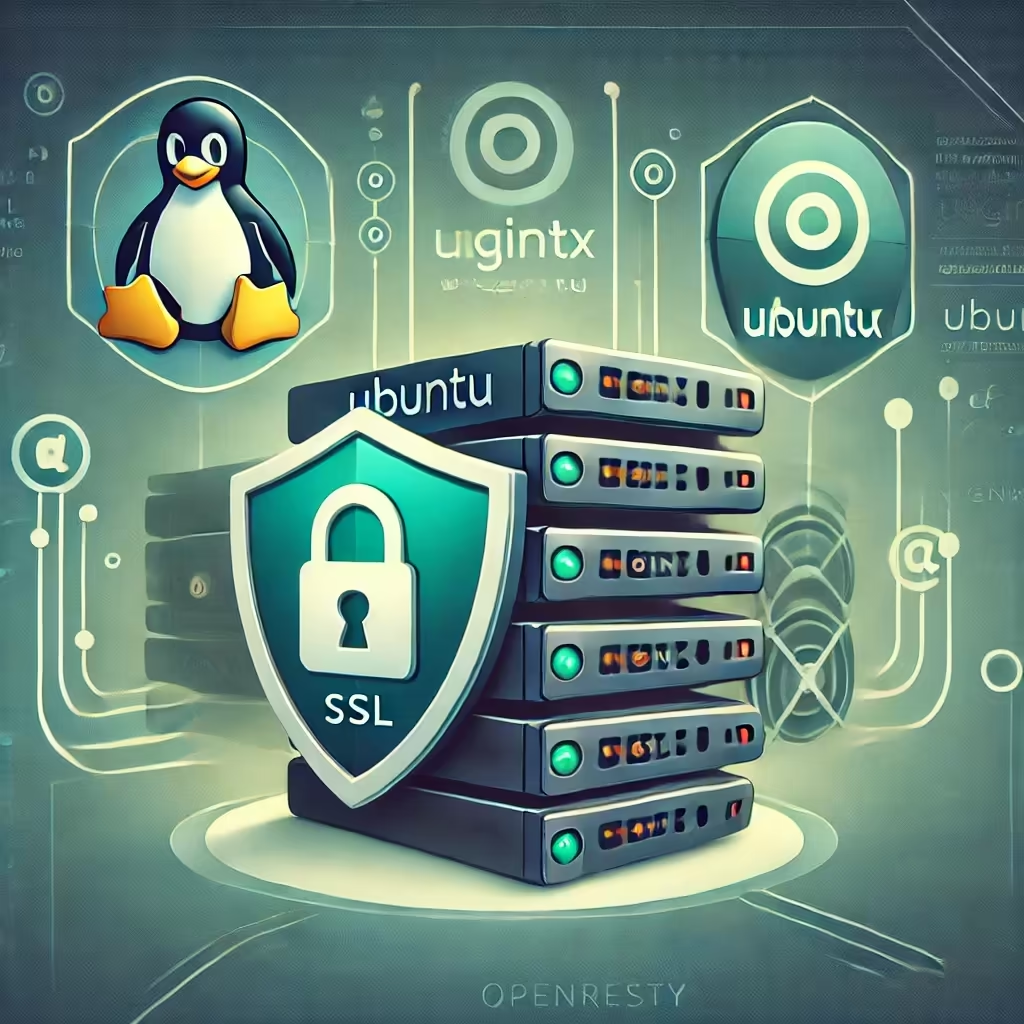Author: Immanuel Raj
-

Why Do We Need God? Understanding Christian Faith and Purpose
Why do we need God? What is our purpose after coming to Him? When should we start fulfilling His calling? This blog explores these essential questions through the Bible, helping us understand Christian faith, discover God’s purpose for our lives, and trust His perfect timing. Whether you’re seeking guidance, strengthening your faith, or wondering when…
-

Automating Flask Deployment Using Docker and Github Actions
I’ve had enough of tedious deployments, so I decided to become proficient in automating the process. While I’ve previously used GitHub Actions to streamline deployments, I had yet to do so in a Flask environment. In this article, I’ll outline the steps I followed to deploy my Flask backend using Docker and GitHub Actions, specifically…
-

Retrofitting Node 20 in Ubuntu 18 LTS
One of the hardest parts of system administration is keeping systems updated and secure. However, when an upgrade is not feasible but application support is needed, there’s often no choice but to retrofit the necessary dependencies. This may involve tinkering with the system, patching, or using custom configurations to ensure the application works without breaking…
-
Fail2Ban – SSH, WordPress[ee] and Cloudflare
Fail2ban is an open-source intrusion prevention software framework that aims to protect computer servers from brute-force attacks. It works by continuously monitoring various log files for patterns indicating failed login attempts or other suspicious activity. When it detects such patterns, it can take action by dynamically updating firewall rules to block the source of the…
-
Cloudflare Header Tips
I am pretty sure any developer would have known about cloudflare. Be it for Hosting, Ai, Storage, Mail, Security, Infra, Tunnels, DNS etc. When you are a guy who uses free stuff to get things done for you, you cannot pay for things that you want, but also cannot stop from getting good things. Not…
-
Demystifying MySQL’s UTF8MB4: A Guide to Character Encoding in Databases with WordPress in GCP and Cloud SQL
UTF8MB4 Introduced in MySQL version 5.5.3, is an extension of the UTF-8 character encoding scheme. While UTF-8 can encode 1.1 million characters, UTF8MB4 can encode the full range of Unicode characters, including emojis and characters outside the Basic Multilingual Plane (BMP). In MySQL utf8 is currently an alias for utf8mb3 which is deprecated and will be removed in a future MySQL release. At that…
-
Piping Bash
Bash is good, ZSH is also good….but the fact that they both do not allow piping is bad. Well technically they do work, but it works in a different way. Sometimes its okay for us, rest times it is not. So what’s the issue here… Say you have a code in your bash script like…
-
Pa11y and Pa11y-CI Accessibility testing
Accessibility is a really important thing when it comes to making a good site and make it available for all to use the site and for crawlers to make things easy as well. Automating this and making the best of the site to keep going faster without worry about accessibility and let the bot do…
-
Rootless docker
References ASSUMPTIONS Docker Root Installation Pre-Requisites Docker Installation Installing docker compose It all works 🎉 ! But here are some common problems Network slow For this you can refer to https://docs.docker.com/engine/security/rootless/#network-is-slow Using privileged ports aka <1024
-
Github Rate limits
Rate limits are sometimes scary. Sometimes its temporary, some time it goes away soon…some time it takes like foreverrrrrrrrrrrrrrrrrrrrrrrrrrrrrrrrrrrrrr I got rate limited by github by using its gh cli inside github actions. Well i didnt spam it but i was using more of it in a very less amount of time. Ran the action…
-
Certbot SSL Limits – letsencrypt (Rate limit)
>c=certificates 5c – Per domain Per Day 300c – In 3 Hrs Max 50c – Per Week Per domain When limitations are crossed we will be rate limited or even banned – We can be banned by our domain name / Email / IP Address / IP Address range Read More here :- https://letsencrypt.org/docs/rate-limits/ You…
-
AH shit here we go again !
I know i know…..its really annoying when we type something without sudo and it asks for sudo and now we have to retype the whole things with sudo (or go to the previous command [with up arrow] and then move back with arrow keys or home key or anything…) while its a good approach…there is…
-
Finding the user
To know who is using your system/server right now you can use or it will show you who is in and what they are doing, when did they login etc
-
Power to you.
You always dont need access, you just need access to somone who has access With that said. Most of the times you dont even need access to do somethin. You just need access to someone who has access. Lets say i am a normal user and i need to run a script in linux where…
-
WordPress and Nginx (OpenResty)
WordPress WordPress is a web content management system. It was originally created as a tool to publish blogs but has evolved to support publishing other web content, including more traditional websites, mailing lists and Internet forum, media galleries, membership sites, learning management systems and online stores. Ngins (Open Resty) OpenResty® is a full-fledged web platform that…
-
Linux Saviours
Few Basic linux (Ubuntu) stuff that will save you time and get the job done with ease. Linux and it’s programs are by default built to allows users to accomplish tasks easily. But many people dont even know that there are many other useful commands and tools.Many people know the basics or only what they…
-

OpenResty SSL Setup: Install and Secure Site withNginx with Let’s Encrypt on Ubuntu
Learn how to install and configure OpenResty Nginx SSL on Ubuntu. This guide covers setting up OpenResty, obtaining an SSL certificate using Certbot, and enabling auto-renewal for a secure HTTPS website. 🚀
-

Step-by-Step Guide to Configuring Nginx and PHP-FPM on Ubuntu
Unlock the full potential of your Linux (Ubuntu) server by mastering the setup of Nginx and PHP-FPM with our step-by-step guide. This comprehensive tutorial will walk you through the installation and configuration processes, ensuring your server runs efficiently and effectively. Learn best practices, optimize performance, and enhance your server’s capabilities with our detailed instructions and…
-

-
How to Speed Up Windows 10: Advanced Boot Optimization (Part 3)
Unlock your Windows 10 PC’s full potential by optimizing advanced boot settings for multi-core processors. This step-by-step guide shows you how to properly configure your system for faster startup times.
-
How to speed up windows | PART 2
In this, I will be showing you how to speed up windows.Please read until the last without skipping any step for better performance from your windows pc. Windows 10: Windows 10 is a series of operating systems produced by the Americanmultinationaltechnology company Microsoft and released as part of its Windows NT family of operating systems. It is the successor to Windows 8.1 (2013), released nearly two years…
-
How to speed up windows | PART 1
In this, I will be showing you how to speed up windows.Please read until the last without skipping any step for better performance from your windows pc. Windows 10: Windows 10 is a series of operating systems produced by the Americanmultinationaltechnology company Microsoft and released as part of its Windows NT family of operating systems. It is the successor to Windows 8.1 (2013), released nearly two years…

